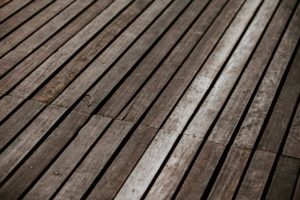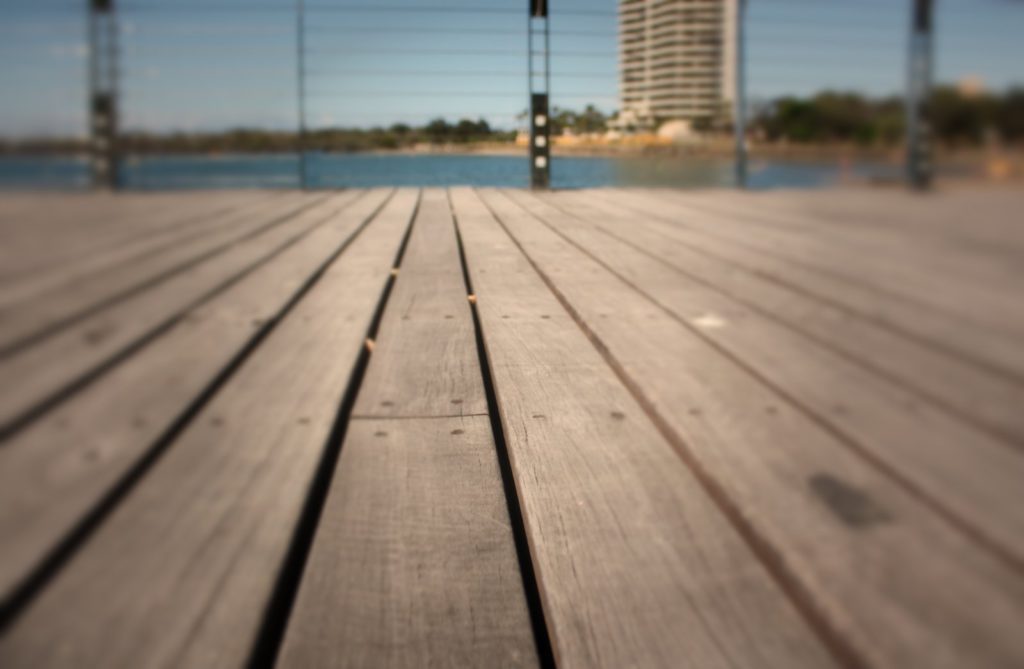One of the advantages of deck sanding is the cleaning and smoothing the surface, removing, or repairing splinters and bumps. The sanding process is fantastic, but since this guide works with all kinds of pure wood decks and joints, we will not be able to follow it in this guide. Before we move on to the sanding decks, we first must find out what kind of wood the deck is.
For this reason, a light sanding of your wooden deck is only a necessary step for stain sealing. You don’t have to sand down to the bare wood of your deck, and you can save sanding time with additional techniques. However, deck sanding is not deck planning and it is not a matter of re-squaring the wood to compensate for the grain of the wood.
This sanding opens the wooden pores, making it easier for stains to penetrate the surface and provide the long-term protection your deck needs against moisture, sunlight, pests and more. Before grinding the deck for dyeing, it is best to finish the sanding with hand sanding.
Opaque paint does not penetrate as deeply into the wood as the outer opaque stain, so that opaque coating can benefit from sanding the surface, making it more absorbent to paint and easier to coat.
Once you have sanded and tidied the deck, you are ready to apply a new paint colour or coat of stain to give it the desired new look. Grinding your deck improves its appearance by removing and repainting stains and traces of old paint. Deck grinding also opens the door to protective and durable coatings, which means that you will need less repair work in the long run.
 Depending on the condition of your deck and the results that you want, sanding can be a minimal effort to remove raised grains and leave a good wash, or it can be an extensive restoration effort to bring back to life an ageing deck. If you sand the wood to prepare for a new stain, you should be extremely careful about how much you sand the wood and how much sandpaper you use.
Depending on the condition of your deck and the results that you want, sanding can be a minimal effort to remove raised grains and leave a good wash, or it can be an extensive restoration effort to bring back to life an ageing deck. If you sand the wood to prepare for a new stain, you should be extremely careful about how much you sand the wood and how much sandpaper you use.
Strong sanding of your deck does not affect stain activity, as wood products are designed to absorb. If too much sandpaper is used when sanding a deck, especially fine grit, the pores shrink and the amount of material that the wood can absorb decreases.
You may also want to consider cleaning the wood with a high-pressure cleaner before you proceed with sanding. Cleaning the wood before covering stains removes mould and mould spores and allows the stains to bind to the wood. Rinse with clear water until the deck is dry and all fuzzy wood fibres must be removed before re-sanding.
In some cases, cover pickling companies go so far as to provide the wood with a brightener to open the wood grain more for better surface pickling bonding. Grinding is not only necessary for cleaning and fastening loose boards, but can also facilitate surface rehabilitation projects, as this type of grinding is carried out in the right place between power washing, staining, and painting. Deck edges can be cleaned, and a finish applied with a sander.
For example, electro grinding with a vibrating tool equipped with a grinding accessory is a fast process, but the top wood can be damaged if full control of the tool is not maintained. Remember that you will have to wait until the wood has dried before you wash it, so you should not sand the deck immediately. Since two decks can be constructed from different types of wood, coated with different stains or colours, and prepared with a variety of techniques and techniques, a thorough examination of your deck and its current condition is required to determine whether power washing and grinding (or a combination of both) is the best choice to make your deck ready for summer.
Electric sanders used to grind decks come in many forms, from traditional hand-operated household sanders to commercial upright rental sanders that you can rent from hardware stores and rental stations. How many grits of sandpaper or deck sanding you need depends on the type of top wood. It is a good idea to use sanding boards that use sandpaper for decks between 60-80% but not higher if you want to preserve the grain and texture of the wood.
When you are timber floor sanding and polishing your deck, the wood is exposed to water and the wood grain is increased. You can use a sander to knock the grain back down and bring the surface of your deck back to a smooth texture. Cleaning helps to remove the small spots where stains have formed and the dirt that has accumulated since the last electric wash, and there is also the advantage of using an electric washing machine on the deck as the water pushes away the wood.
I have never been able to strip our deck with a pressure washer on damaged wooden decks, but I was able to sand most of the damaged wood in the next step. Another great feature of sheet metal grinders is that they grind the wood of the deck in all directions with the tiny orbital vibrations generated by the grinding cushion from the tiny orbit.
Choosing the best sandpaper and grit to sand the deck can make all the difference in woodworking, painting and finishing projects. Some dealers may be happy to do all the work of deck sanding and staining when something needs repairing.




